|
The Rowan tree produces bright red berries at Lughnasdha and the first crops are harvested.
This year at this time many of us are tentatively re-emerging from a lock-down with still a lot of uncertainty before us. This article explores the festival of Lughnasadha and the importance of our connection to the land. By connecting deeply with the land where you live you will find an incredible support system. We find that all life supports our existence just as our own life supports the system too. This concept is captured in the words of John Muir: 'No Sierra landscape that I have seen holds anything truly dead or dull, or any trace of what is called in manufactories is called rubbish or waste; everything is perfectly clean and pure and full of divine lessons. When we try to pick out anything by itself, we find it hitched to everything else in the universe. ' John Muir Lughnasadha is often thought of as a festival dedicated to Lugh Lamfada (a key Celtic deity) but its true function is to celebrate his foster Mother Tailtiu who died after spending a year clearing a great plain to feed the people. It is therefore a celebration of agriculture and at this time the first harvest. A time to honour the sacrifice of the goddess of the land to feed her people. The foster-mother in Celtic society was held in great esteem and importance. Bridgit was known as the foster-mother of Jesus in her form as a Christian Saint. As we enter the season of Lughnasadha it is an opportunity to explore a key aspect of essential human need- the food we eat. At one time the food we eat would have come from the countryside around us, grown by the community ripened by the sun, picked by the hands that would eat it and grown in well-nurtured organic soil. Nature dictated what crops were suitable for the conditions of a given area, alleviating the need for this constant questioning of what is good for us. We now pay for scientists to explore the chemical components of food to help us with our quest for good health and the obvious conclusion that a mixture of food in moderation covers most of our needs; that every food has benefits and disadvantages. However ancient lore points to the best food types are those grown in season. What we eat, how it is grown and our expectation of foods being available all year round was explored in one of the oldest Irish stories! In the Second Battle of Moytura, the terms spoken between Lugh and Bres were very much about the best way to work the land. It clearly states that each season works for the production of food and to expect it out of season is to go against nature. To set up schemes which look to improve the overall quality of food production seem to me far more effective than creating niche organic markets. Raising the standards of all foods and ensuring all crops are grown considering the welfare of wildlife and the welfare of all domestic animals is surely true progress, and much more needed than ploughing money into food research and intensive farming so that food can be grown all year round! Lughnasadha Ritual Here is an invocation to the land you may wish to use and although it is especially relevant to Ireland, these ancient Gaelic names can connect us to which ever land we live upon at this time, for they call to the deities of all Celtic lands which once stretched all across Europe and beyond. The main verses are adapted from the beautiful words of Eleanor Merry, an English poet with a deep connection with the Celtic twilight. Chorus: Eriu, Banba, Fodhla, I seek the land of Erin, Fruitful be her seas, perpetually green her forest, I feel her in my bones, I feel her in my blood. Danu, soul of the ancient mysteries, Wanders forever under the canopy of heaven, Wrapped in her mantle of bluest aether, And the vision of her calls every human heart. Chorus Her shadow is the forgotten mysteries And lives in the sadness of Celtic Twilight tales, When hearts wake again to the longing for forbidden lands, Or for the shining hosts of the Sidhe, Or for the caves of the hoary sleepers. Chorus The Celtic folk soul is the soul of a spiritual awakening, The touch of a Woman of Beauty who will Come into the hearts of men and women Like a flame upon dry grass, Like a flame of wind in a great wood. Light a candle to honour the Mother earth who gives to us all without any reward; reflect on your actions this year. Have you helped be a caretaker of the sacred land or have you taken without care? What can you give back to earth, how can you lessen your impact? Meditate on the beauty of nature and the role you play in her cycle. Breathe, be still and feel connected to the wonder of Nature. As you receive and give to the land feel the immense support of all the beings you share the earth with and when you are strong enough always remember to give back what you have received from the land and all its beings. Wishing you all a fruitful Lughnasdha. If you have enjoyed this article you may wish to subscribe to our free newsletter packed with articles and updates on trees, plants and nature connection.
1 Comment
INDIGENOUS ROOTS AND WILDLIFE CORRIDORS. Left to Right - Hampshire - Yorkshire - Northamptonshire As I walk through a wheat field on Walderton Common which runs along the boundaries of Hampshire and West Sussex, I stop to gaze at a tractor ploughing the soil mobbed by the birds following it and I reflect on the timelessness of farming practice. Indeed, the tractor was once a horse which dragged the plough along, but the sight and scents continue in a similar manner and the rural countryside of England is where my indigenous rural roots are to be found. I need not travel to jungles or plains in distant places but to rolling downs, ancient woods and babbling brooks to discover the magic of my ancestral roots. Is my ancestors plight any different from the indigenous tribes from all around the world? Were they not wrenched from their homes and families to work in terrible conditions in polluted industrial areas to become the slaves of so-called progress? The earliest evidence of land clearance is in areas known as the planned countryside. For instance, the Yorkshire Wolds, an area of chalk downland was cleared as early as 7000BC by Mesolithic man. They created heaths and pasture for wild beasts that they consumed for food. These areas were maintained by the continued burning of the heaths to stop the trees returning. Later in the Neolithic period (5000BC) woodland was cleared permanently for agricultural use in areas such as East Anglia, Somerset and the Lake district. These areas had shallow more easily cultivated soils and were originally open-prairie farming field systems changed into small hedged fields by the enclosure acts of the late eighteenth and early nineteenth centuries. The areas that were farmed early on in history stretch from York through the centre of England to the Dorset coast. They contain straight roads, regular fields and only a few isolated ancient features missed by the enclosure commissioners. John Claire, a famous poet from Northamptonshire in the East Midlands was deeply affected by the enclosure acts which he felt destroyed much of his beloved countryside where he lived. He wrote wonderful poetry which expressed a deep love of the English countryside. Old stone pits with veined ivy overhung Wild crooked brooks o’er which was rudely flung A rail and plank that bends beneath the tread Old narrow lanes where trees meet overhead Path stiles on which a steeple we espy Peeping and stretching in the distant sky And heaths o’erspread with furze blooms’ sunny shine Where wonder pauses to exclaim ‘divine’ Old ponds dim-shadowed with a broken tree – These are the picturesque of taste to me While paintings winds to make compleat the scene In rich confusion mingles every green Waving the sketching pencil in their hands Shading the living scenes to fairey lands John Clare Left to Right - Musk Mallow - Vervain - ST John's Wort - Red Bartsia
Continuing my journey on Walderton down I arrive at a threshold where the wheat field ends and the woodland starts. Here the magic happens as a sudden riot of colour disturbs the green grass and plumes of butterflies rise from the grass. The wheat is too barren, the wood too dark but the wildlife corridor between the two is a perfect mecca of biodiversity and a beautiful sight to behold. Fritillaries, holly blues, bright yellow brimstones, red admirals and peacock butterflies feed amongst wild marjoram and hawkbits. A closer look reveals the yellow stars of St John’s wort and delicate pink colouring of musk mallow blooms cluster together on a singular stalk. The tiny pink flowers of vervain are held on stiff stalks and I wonder how such a subtle plant captured the attention of the Celtic and Roman people for them to discover its use to assuage pain, treat nerves and calm stress. Speedwell and milkwort caress the grass with sky blue flowers just millimeters across as hemp agrimony and willowherbs stretch above them. Yellow and white bedstraws clamber for space whilst red bartsia and self heal decorate the edges. A single rest harrow flower hides behind the fleabane. As I enter the woods sweet woodruff foliage appears as enchanters nightshade and herb bennet grow around it. Lord and ladies' berries stand as a warning whilst herb Robert and hedge wound wort make use of a gap in the canopy. So much to discover, so much to see, my indigenous roots are nestled in the wildlife corridors of a rural England, for this is the place where chance decided I must be: ‘All the wild world is beautiful, and it matters but little where we go, to highlands or lowlands, woods or plains, on the sea or land or down among the crystals of waves or high in a balloon in the sky; through all the climates, hot or cold, storms and calms, everywhere and always we are in God's eternal beauty and love. So universally true is this, the spot where we chance to be always seems the best.’ John Muir If you have enjoyed this article you may wish to subscribe to our free newsletter packed with articles and updates on trees, plants and nature connection. Left to right - Field Scabious- Lady's bedstraw- Pyramidal orchid The joy of plants as I walked off the path into the chalk meadow at Stanmer Nature Reserve. When I arrived I was greeted by a storm of dust as builders dug and drilled at the entrance and beyond. In haste I nearly ran into the woods but instead stopped and walked into what appeared a field of grass. Then the magic happened as between the grass I saw fully developed scabious plants like the gentry of the plant kingdom with large blueish-lilac flowers known as blue bonnets or bachelor's buttons. I literally jumped for joy at the sight of vibrant pyramidal orchids amongst a matt of yellow bedstraw. Marbled white butterflies flitted from flower to flower to complete the delightful scene. I couldn't help ponder once more on John Muir's words as I walked just a little way from dusty, noisy human endeavour to the bliss of landscape : All the wild world is beautiful, and it matters but little where we go, to highlands or lowlands, woods or plains, on the sea or land or down among the crystals of waves or high in a balloon in the sky; through all the climates, hot or cold, storms and calms, everywhere and always we are in God's eternal beauty and love. So universally true is this, the spot where we chance to be always seems the best. Left to Right - Wild Carrot - Ribbed melilot- Restharrow- Agrimony
Stately wild carrot stood proud with slender agrimony and the bold displays of knapweed. The native peas included ribbed melilot, restharrow and some tufted vetch and the compact carpet of fragrant wild thyme weaved beneath them. My guide switched from marble white to a red admiral butterfly as I entered the woods and although not ancient still exuded that sweet stillness erupting from the throbbing, pulsing activity of sap rising in trees characteristic of summer months. The corky bark of elm and the smooth bark of hornbeam reminded me I was in Sussex rather than Hampshire woods. On the wooded edge meadow cranesbill adequately competed with the grass sward and wood avens and herb robert grew in the shadier areas. Out of the woods the flora changed to grey willows and vipers bugloss with a drift of ox-eye daisy followed by musk mallow, fleabane and bristly ox-tongue in more fertile grass-lands. As I run out of words to describe this nature reserve on the edge of a city I will leave you with one of my favourite plant poems which I have quoted in part before but here it is in its entirety: O the prickly sow thistle that grew in the hollow of the Near Field I used it as a high jump coming home in the evening - A hurdle race over the puce blossoms of the sow thistles. Am I late? Am I tired? Is my heart sealed from the ravening passion that will eat it out Till there is not one pure moment left? O the greater fleabane that grew at the back of the potato pit: I often trampled through it looking for rabbit burrows! The burnet saxifrage was there in profusion And the autumn gentian - I knew them all by name before I knew their names. We were in love before we were introduced. Let me not moralise or have remorse, for these names Purify a corner of my mind; I jump over them and rub them with my hands, And a free moment appears brand new and spacious Where I may live beyond the reach of desire. Patrick Kavanagh May Nature continue to inspire you wherever you happen to be! If you have enjoyed this article you may wish to subscribe to our free newsletter packed with articles and updates on trees, plants and nature connection. |
Details
Poetry of flowersJoin me to explore the flora of the British Isles on this blog. My intention is to attempt to capture the unique quality and beauty of each species of flower, tree or shrub. For every species featured I will be growing many more wildflowers to celebrate the joy of their existence, their intrinsic conservation value and bewildering array of uses. For nearly 30 years I have noted, studied and explored wildflowers in the field much to the patience of the walker beside me. To share this passion is a heartfelt plea to respect, preserve and care for all British Wildflowers no matter how common they seem. Archives
February 2024
Categories |

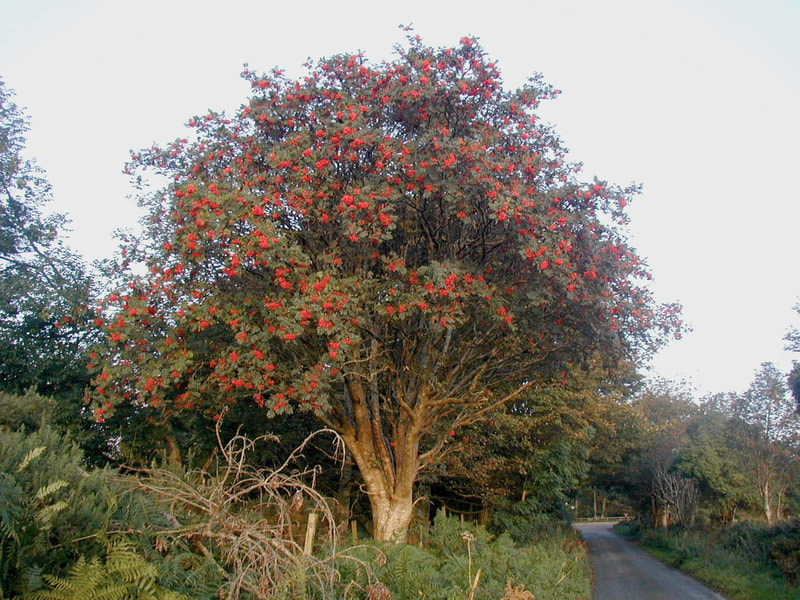


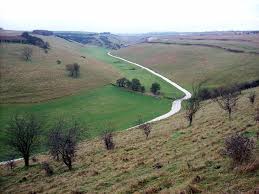
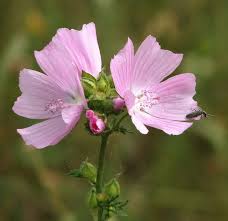

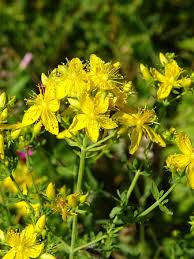

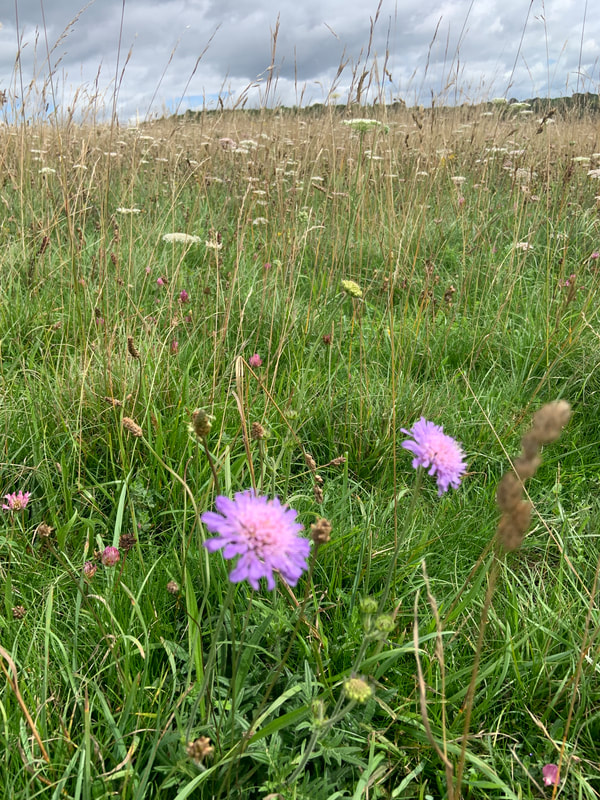
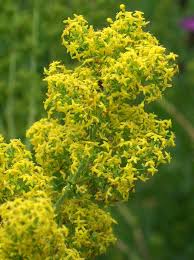
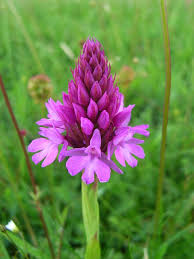
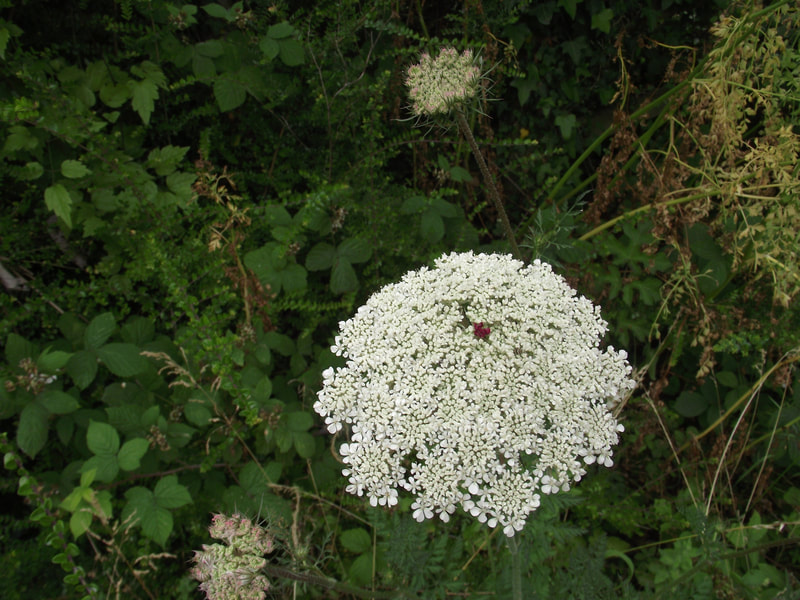
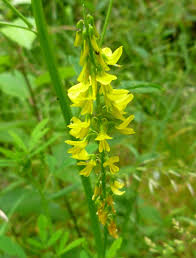

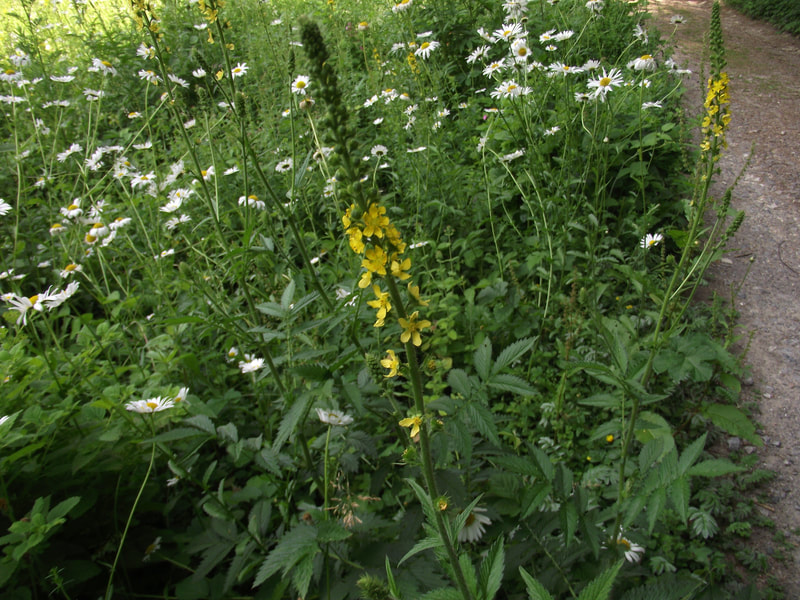
 RSS Feed
RSS Feed
